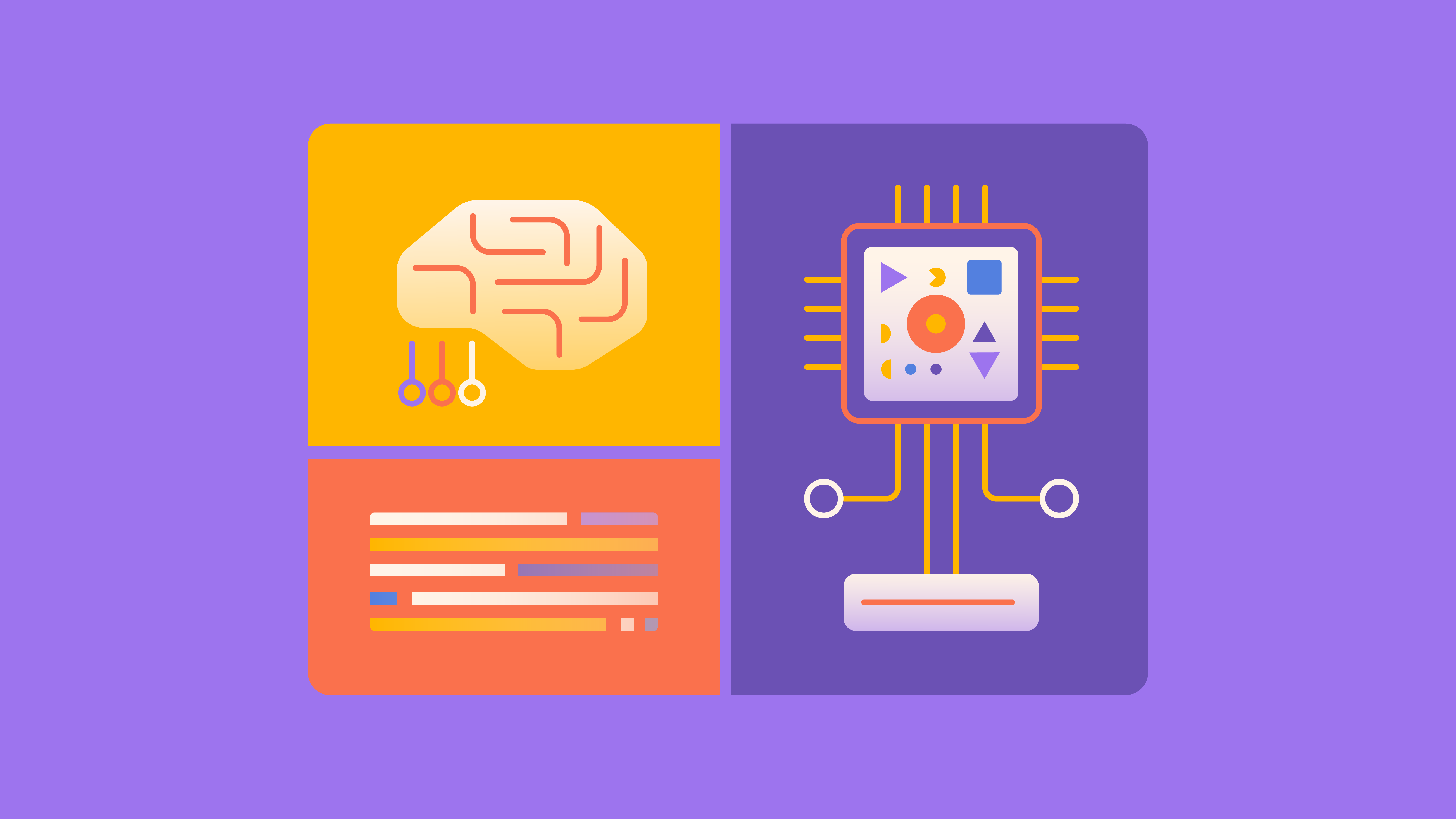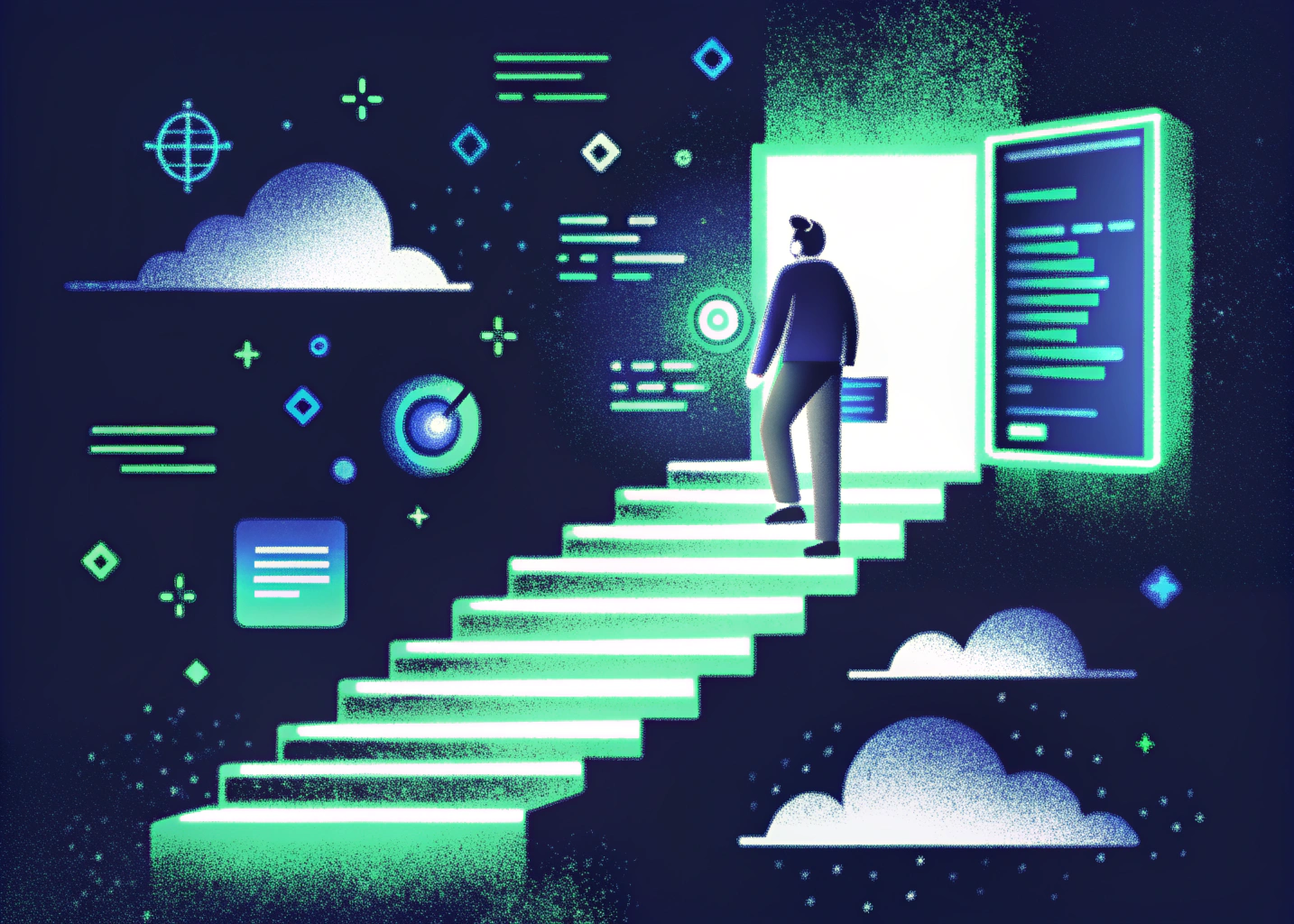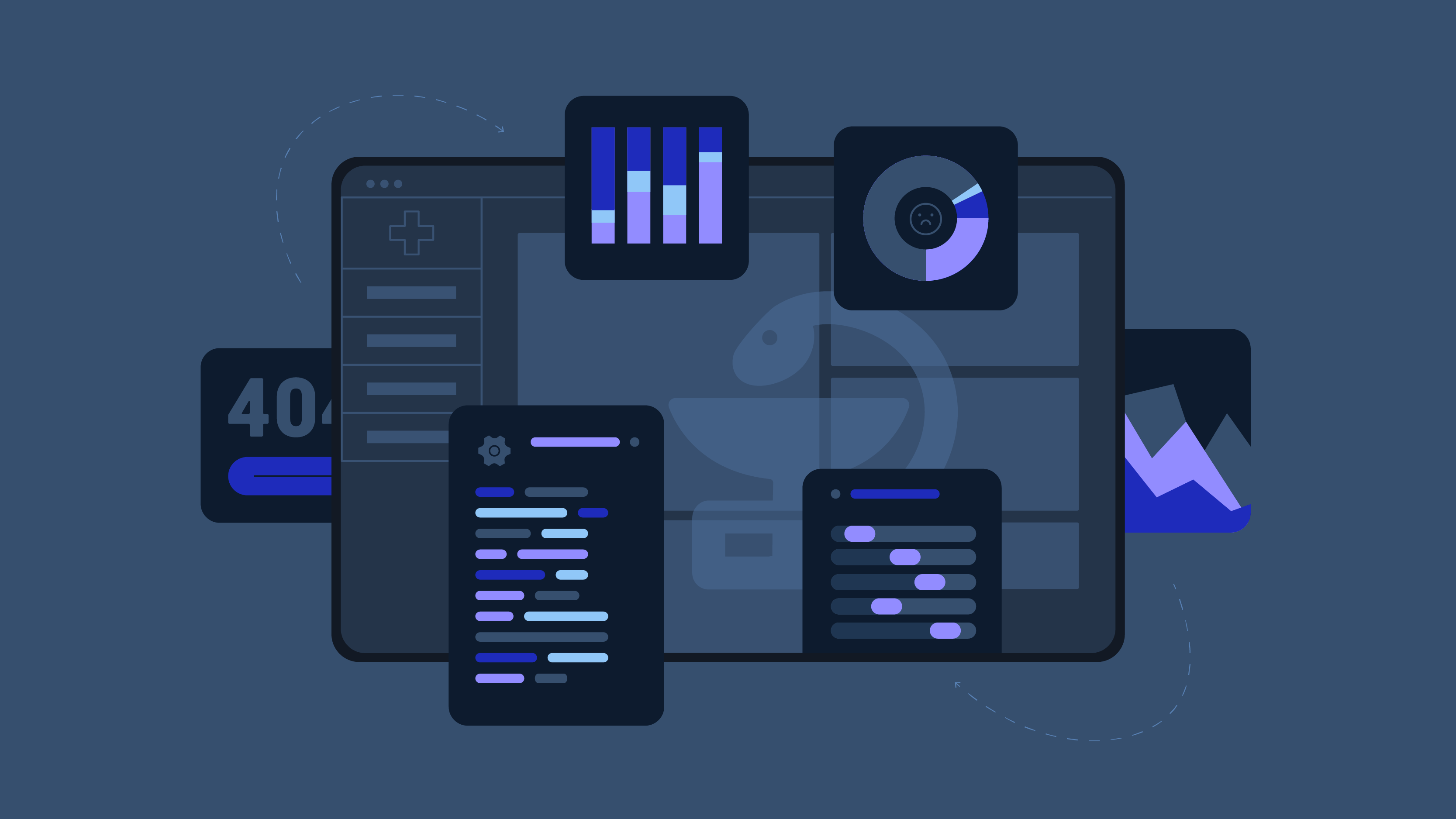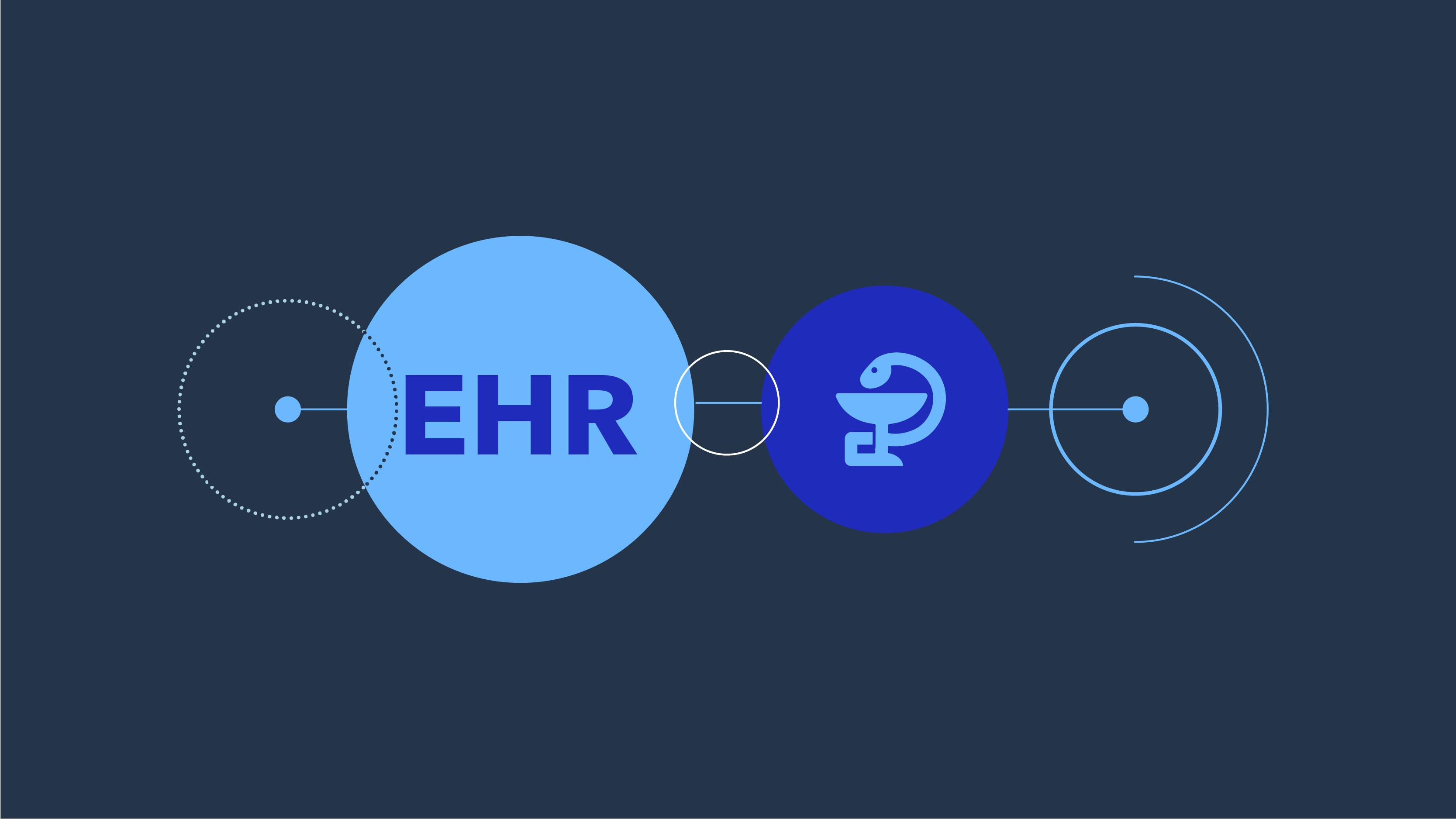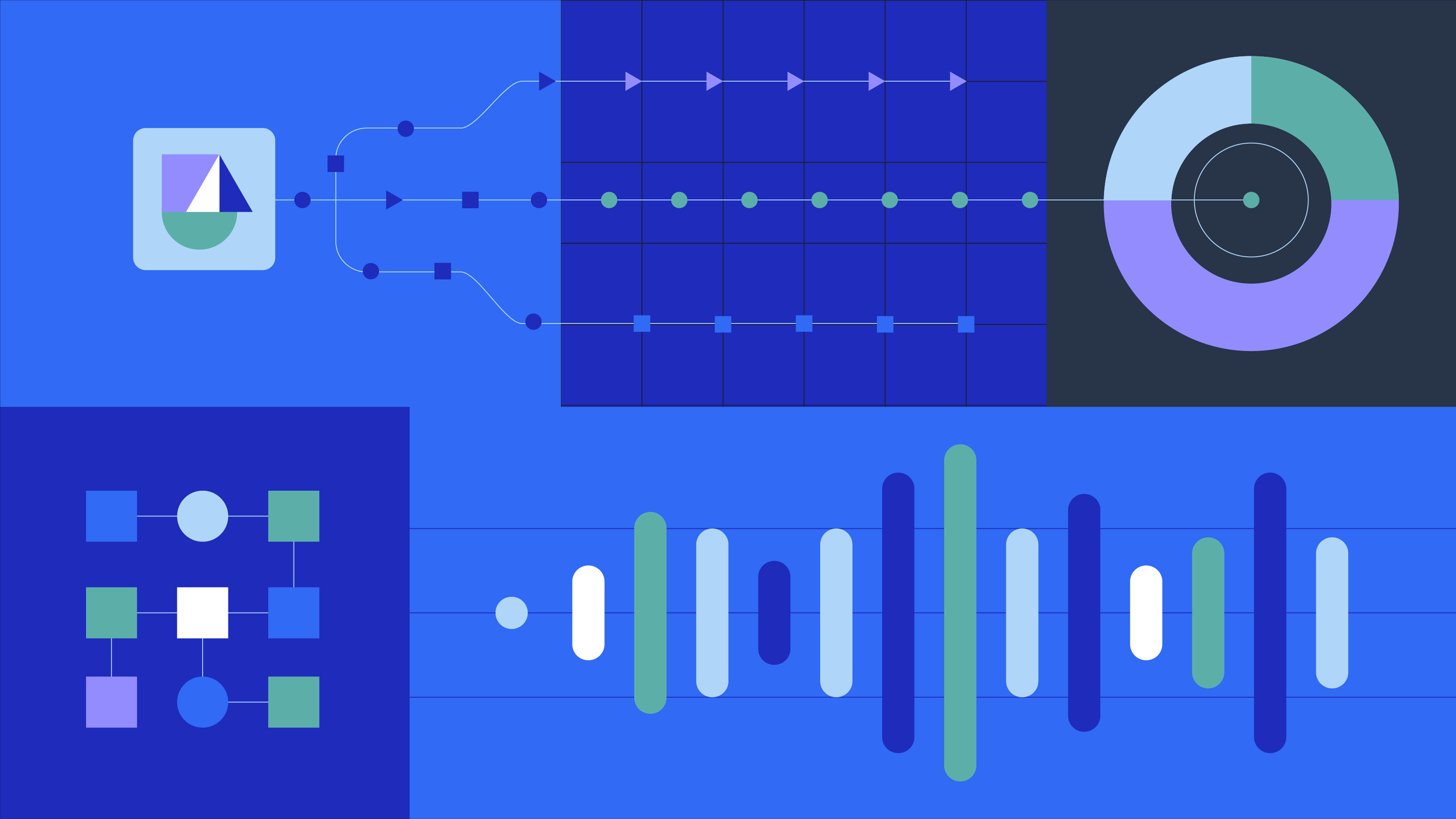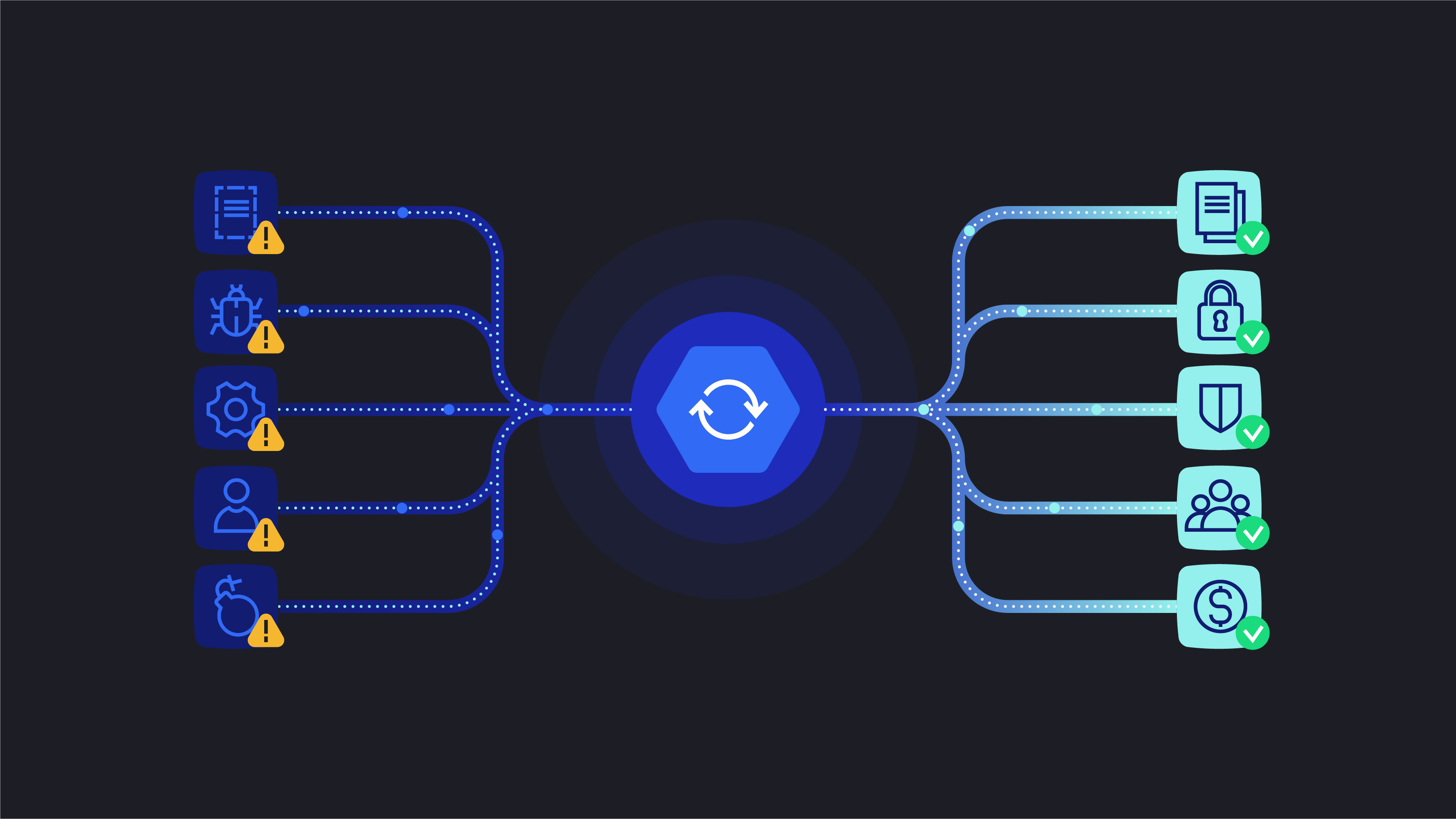How can AI tools improve your software?
Artificial intelligence has become a buzzword in today’s world, and for a good reason. Tools based on AI and machine learning are used in every field of development today to increase productivity, reduce delivery time, provide a better user experience, and protect against fraud.
In this article, we’ll take a look at how AI is improving software, look at key technologies and tools, and identify how it’s helping to beat the competition. We’ll also consider some examples of efficient artificial intelligence software that is already changing the tech world.
However impressive the screen is, make sure the app loads quickly and users don’t have to look at it longer than 4-6 seconds, otherwise it may annoy them.

If you are looking for the best company in the USA & Canada, you are in the right place.
Read this article till the end, it will help you to understand your question.
Better yet, sign up for a free consultation with our software development experts.
How Are AI and Machine Learning Used in Software Development?
Artificial intelligence is definitely very useful in supporting and improving software development. In many cases, it simplifies the work of developers, helps them to cope with difficult routine tasks faster, and deliver a better result.
Let’s look at some examples of the use of AI and machine learning in mobile applications or web development.
Code analysis and generation
Artificial intelligence software is often a handy tool for analyzing code and identifying key issues such as syntax errors, security vulnerabilities, and performance issues. Statistical code analyzers and even code view apps often have an AI assistant that helps identify errors and suggests ways to improve the code.
Artificial intelligence is also used for automatic code generation based on predefined specifications and requirements. This is very useful because you can automate routine and standard coding tasks and save time for more complex tasks. It also helps to reduce errors.
Automated testing and intelligent debugging
Software developers use AI to write and run automated tests that quickly and efficiently detect software bugs. AI-powered testing frameworks can learn from previous testing cycles and refine test cases to improve software quality.
In addition, artificial intelligence and machine learning are useful for intelligent debugging. They analyze code, quickly identify and fix software bugs, and determine the root cause of problems. This not only saves developers time but also reduces the chances of new bugs appearing while trying to fix existing ones.
Natural language processing
AI-based natural language processing or NLP technology is used primarily to improve the accuracy of code documentation and enhance its accessibility and readability. For example, NLP can analyze code comments and suggest improvements or identify inconsistencies. It’s an excellent tool that helps define development direction better and simplify the coding process in general.
Predictive analytics
Artificial intelligence and machine learning are successfully used today to predict possible software errors and identify areas of code that may cause problems in the future. This helps research patterns in code changes, assisting developers in identifying potential issues even before they occur.
In general, AI can help software developers improve the quality and efficiency of their work, as well as reduce the likelihood of errors and other concerns.
AI is also used to deploy and manage applications in various environments, for example – SUSE Linux enterprise server.

Seven Types of AI
There are different ways to classify artificial intelligence, but we can identify seven general types. Let’s take a closer look at them.
Reactive machines
Reactive machines are the oldest and the simplest type of artificial intelligence, which can respond to the current situation only within pre-programmed rules and imitate the human mind’s ability to respond to certain stimuli. They have very limited capabilities because they cannot use past experiences to make future decisions and improvements.
In other words, these are machines that cannot learn and use only a limited set of input data. The most famous example of a reactive machine is IBM’s Deep Blue, a chess AI platform that can analyze the board and make the best move based on a set of rules.
Limited memory
Unlike the previous one, this type of artificial intelligence can make decisions based on the current situation and past experience. It uses memory to store historical data and use it to make future decisions.
These are basically all modern programs that use machine learning and store large amounts of data in memory to form reference models for solving problems. These can be face-scanning applications that process hundreds of thousands of images and learn to distinguish between living and non-living objects. Or self-driving cars that learn from past experience to optimize routes and avoid past mistakes.
Theory of mind
In theory, such AI can understand and interpret the emotions, intentions, beliefs, and desires of other subjects. This type has the ability to recognize human moods and senses to communicate and interact with people.
It is an innovative concept that researchers are still working on. The peculiarity of this approach is to create a machine that would distinguish entities with which it interacts, as well as understand their beliefs, needs, thought processes, etc. Success in developing such applications will mean the creation of a unique chatbot or AI platform that can understand a person as a living being and communicate with him as a person.
Self-aware AI
It is a type of artificial intelligence that has self-awareness and consciousness, is aware of its own existence, and can understand its own thoughts and emotions. This is the stage of the AI evolution, at which it can not only understand the emotions of others but also evoke them in those with whom it interacts. According to the hypothesis, such machines will even be able to have their own beliefs, desires, or fears.
It is clear that this is only a concept and no such AI platform exists in reality, and there is still a lot of time before its implementation. In addition, many philosophers, engineers, and developers are convinced that such AI poses an absolute threat to humanity, so there are solid chances that it will never exist.
The following three types of AI are part of a slightly different classification.
Narrow or weak AI (ANI)
This type of AI is designed to perform specific tasks, such as language recognition or playing chess. He is limited in his capabilities and cannot perform functions outside the defined area of competence.
In fact, they are machines with limited memory that use deep and machine learning and are entirely dependent on human actions and decisions.
General or strong AI (AGI)
This type of artificial intelligence is capable of performing any intellectual task that a human can do. He can learn, think, solve problems in different areas, and create generalizations and associative connections – in other words, it functions like a human being.
Superintelligence
This option far surpasses human intelligence in its capabilities and development, has the ability to solve complex problems, and makes decisions that are beyond the human mind. This is precisely the idea of an artificial superintelligence that could potentially pose a threat to humanity.
This is the most effective form of intelligence on the planet, with a tremendous amount of memory, super-fast analytical abilities, and wide decision-making capabilities. This concept is often associated with singularity and the disappearance of the world as we are used to perceiving and seeing it.
CTA: Want to learn more about how AI tools can take your software to the next level? Contact us for a free consultation!
List of AI Tools & Frameworks
AI software development tools are the best business assistants that help improve the development process and its efficiency, find new ways to grow and generate income and provide the best customer service. And although their implementation requires a lot of effort and strict compliance with specific requirements, it is worth all the resources.
Of course, there are many such tools and machine learning practices today, and they all have undeniable value. Let’s take a look at the most popular and successful ones.
Google Assistant in software development
Google has been actively researching artificial intelligence for many years, providing an excellent collection of open-source tools and APIs for users to create their own AI platform. Google Assistant is a great example of a machine that helps people by answering questions, providing necessary data, and performing many other tasks.
Let’s take a look at some most popular Google Assistant features. First, it is powered by AutoML machine learning, which is one of the best solutions that allow you to train and deploy your own machine learning models.
In addition, it has a natural language processing feature using DialogFlow, which helps analyze unstructured data without a single line of code. This is a base of conversational platforms and virtual agents. Developers use this feature to create voice or chatbots and serve real customers.
And finally, a feature like Vision AI allows you to get data from images and create software to detect emotions, objects, faces, etc.
Microsoft Azure AI Platform
The Microsoft Azure AI platform provides a wide selection of artificial intelligence tools created using scientific data and breakthrough research results, including the Google AI platform. Like many other products in this field, it has simple APIs and is suitable for creating innovative products with a wide range of uses.
Let’s look at the features of the Microsoft Azure AI platform.
- Azure ML machine learning service (based on Python). It provides plenty of opportunities for developing your own artificial intelligence software using tools such as Jupiter Notebook or automatic ML. This AI platform also supports frameworks and many open-source libraries, such as PyTorch and Kubeflow. MLOps allow you to deploy many ML models in the cloud, and management is possible both in the cloud and locally.
- Conversational AI. Microsoft Azure AI platform has azure bot service that enables companies to develop high-quality conversational bots to improve service and customer experience. They can support different use cases and be multimodal and multilingual.
- Document flow automation and machine translation. Microsoft Azure AI platform has tools for creating automated data extraction programs (Azure Form Recognizer). It helps in extracting information from documents, key-value pairs, tables, etc. In addition, the platform supports instant translation in more than 100 languages, using best machine learning practices, and is suitable for creating translation software for call centers and sales departments.
Thanks to the drag-and-drop design builder, it could also be a handy tool for UI/UX design.
Automate code generation
Most modern AI software development tools for working with code are based on NLP technologies and large language models (LLM) that use huge data sets. Both giants like Google and startups like OpenAI or Cohere offer such solutions that generate almost everything: from small essays to quality code.
Of course, the results need verification and validation, but already many developers can use any AI platform to work with different programming languages. One of the most famous examples is ChatGPT, but there are also such software development tools as Tabnine, Polycoder, BERT, etc.
Speech to text and vice versa
There are also AI software development tools for converting speech into text and vice versa. They are necessary to ensure fast and high-quality translation, automate document flow, improve user experience, etc.
Among the main examples of such artificial intelligence software are
- IBM Watson. Building powerful multi-language text translation for agent assistance, speech analytics, and customer self-service development.
- Microsoft Azure AI platform. In addition to all the above-mentioned features, it provides opportunities for creating programs with voice support.
- Google AI. This artificial intelligence software uses the capabilities of neural networks to convert texts into speech and vice versa and allows you to use the features of voice control, video transcription, etc.
Each of these AI platforms has detailed documentation and usage guidelines.
Infosys Nia
Infosys Nia is an artificial intelligence platform that aims to improve and simplify the AI adoption process for various organizations. It is used to perform tasks involving deep or machine learning, data management, NLP, etc.
Such software development tools as Infosys Nia allow you to use AI to automate repetitive tasks and work with big data. This helps to increase staff productivity and improve business processes in general.
Video and Image Analysis with AWS Rekognition
AWS Rekognition is one of the AI software development tools that can analyze millions of videos and images and has ready-made or customizable computer vision APIs. Among the main features are automated content analysis, face recognition, image verification, and detection of events from streaming video.
TensorFlow
TensorFlow is an AI platform that uses a network of interconnected nodes for fast configuration and sending counterfeit neural systems with large datasets. Such software development tools do not require composing in programming languages such as C++ or CUDA; they are flexible for central processing unit (CPU) and graphics processing unit (GPU).
For example, Google uses AI software development tools for creating an image and speech recognition system.

How Cadabra Team Optimized Its Work With AI Tools in Software Development
We use all available means to deliver value to our customers as quickly as possible. Of course, we did not ignore artificial intelligence and machine learning models because these technologies are an integral part of progress.
We use AI tools for several purposes. First, they help us create intuitive interfaces and better user experiences, identify design weaknesses, and improve them.
Second, we use such software development tools for code review and testing. Automating these processes allows us to avoid human errors, speed up the team’s work and free up time for creative tasks. In addition, we actively use AI to develop mobile applications, which helps us improve their performance and speed.
Wrapping Up
AI-based software development tools have enormous potential for improving tech products. They help improve user interaction, scalability and flexibility of applications, and increase their efficiency and performance. Artificial intelligence is indispensable for automating routine tasks and checking code.
Of course, any AI platform has its nuances and does not give a hundred percent accurate result, but every day these technologies are getting closer to it. And business owners should at least pay attention to this trend in order to keep up with progress.
We at Cadabra Studio successfully use such tools to provide the client with truly unique value and deliver results quickly. And we will be happy to consult you at any convenient time; just contact us.


